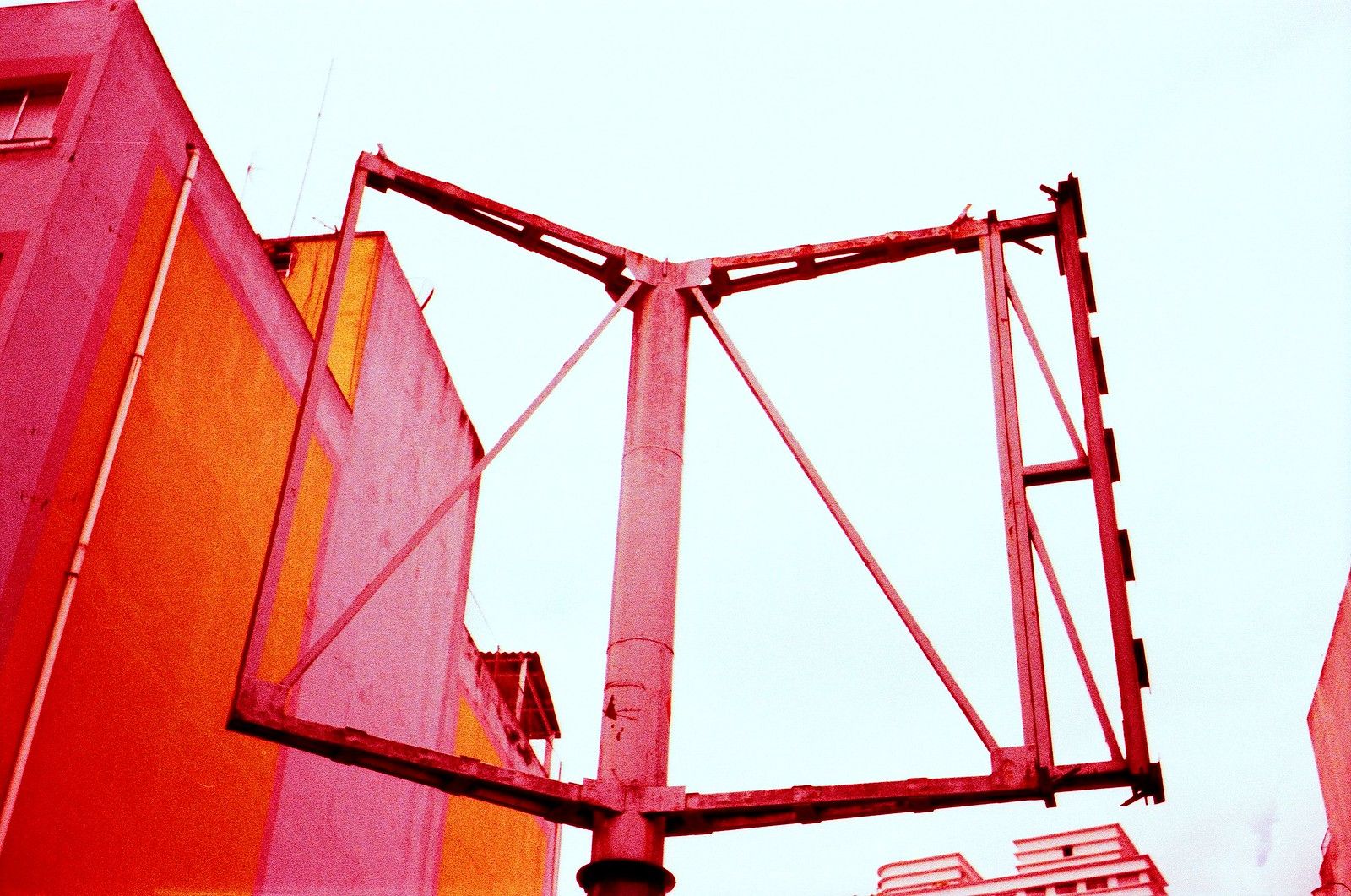Visual Pollution
September 20, 2021 Public Space Brazil São Paulo Pollution
 An empty billboard in São Paulo, courtesy of João Pedro Perassolo
An empty billboard in São Paulo, courtesy of João Pedro Perassolo
This spring marked the 15th anniversary of a once-controversial law in Brazil: In 2006, the city of São Paulo enacted the Lei Cidade Limpa, a near-total ban on outdoor advertisement. The billboards came down, as did the signs, ads on buses and taxies, and even the murals that featured any kind of commercial messaging. Feeding the city’s press release about the anniversary into a translator results in a somewhat awkward but altogether legible announcement of the reasoning behind that step:
The objective of the Clean City Law was to rescue and value the city, hitherto hidden among ads, to make it more harmonious and safe, facilitate the displacement of people and vehicles and stimulate access to services of collective interest.
When I first heard about the initiative, many years ago, the law was often illustrated with those empty billboards you see below—a stark representation of how the city as hitherto hidden among ads. The missing signs revealed the underbelly of the city: A favela previously obscured from one part of town, bad living conditions in others, and the architecture that make up the city.
Adbusters magazine quotes Gilberto Kassab, city mayor at the time, who made, what to me is the most interesting point about the initiative:
“The Clean City Law came from a necessity to combat pollution … pollution of water, sound, air, and the visual. We decided that we should start combating pollution with the most conspicuous sector — visual pollution.”
I’ve been thinking and writing a lot about public space, about the way we structure a city, and who we, collectively, afford space to. There has been increasing uproar about the space occupied by parked cars or private property, but the quote above drives home the point that public space encompasses so much more than just physical space: It also extends to intangible things such as “water, sounds, air, and the visual”.
All too often, we accept the reality before our eyes as unchangeable. We arrange ourselves with the shadows of the past that reach long into the present, forgetting that the places we live in together should also serve the common good. This idea also drives one of the São Paulo law’s big exceptions: It still allows for “indicative announcements” that “seek to identify the activities carried out in buildings”. Nobody is advocating for a complete ban on signs—but those signs that take up the visual space should serve a purpose beyond the commercial.